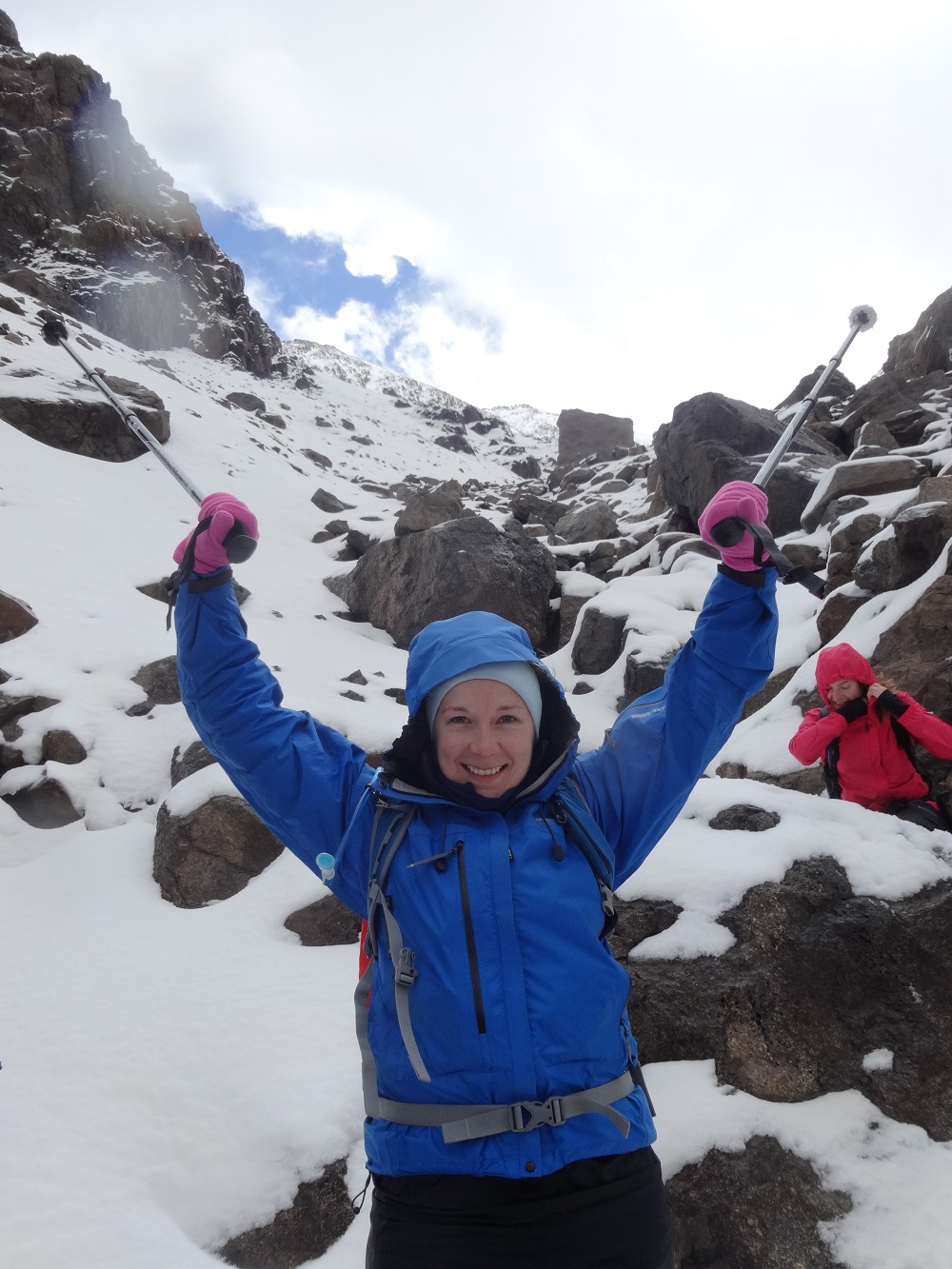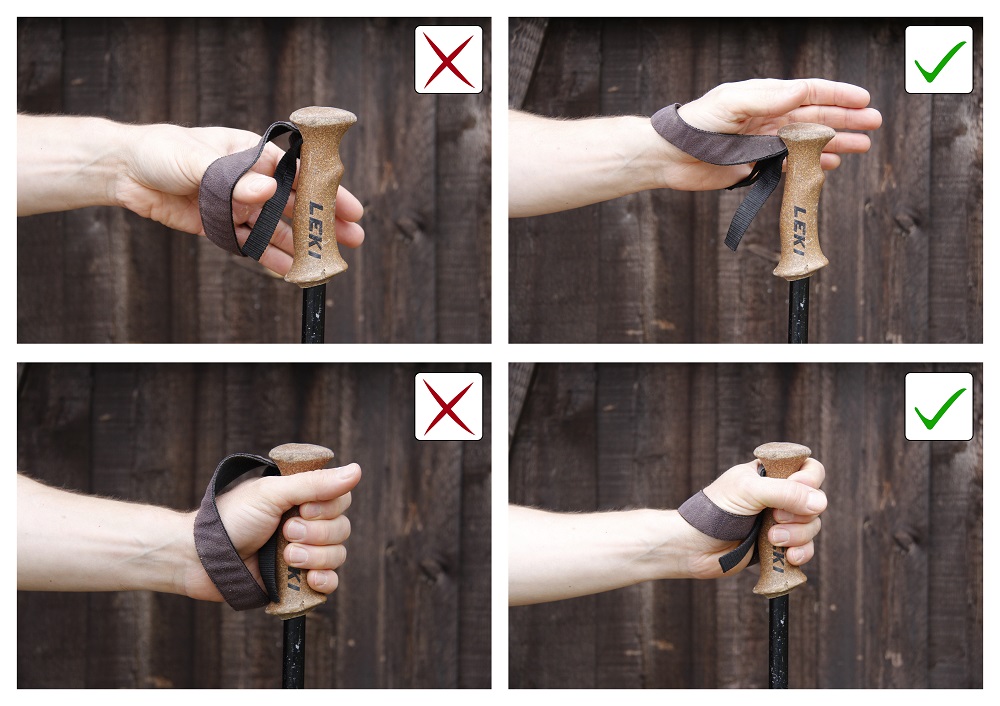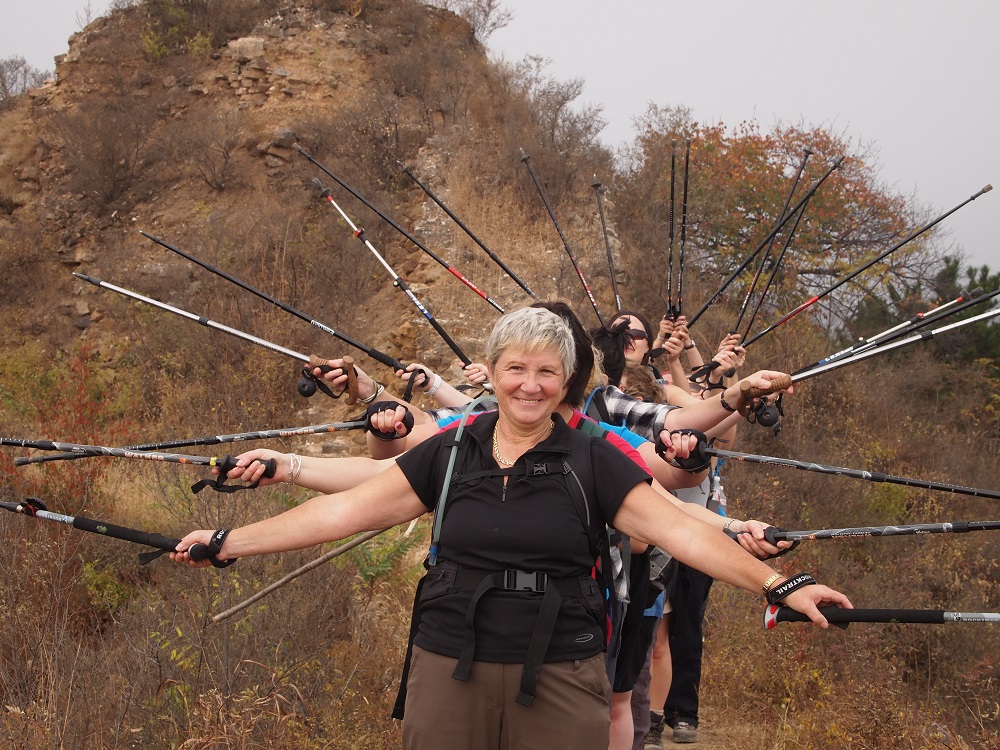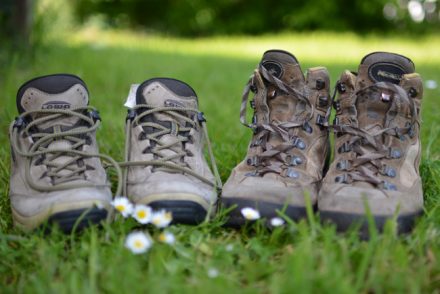Over the years walking poles have obtained a bit of an unfair reputation as ‘uncool and unnecessary’, something that ‘old’ people used. Today, however they have proven their worth and are used by young and old alike! By helping to take stress off joints and prevent injury whilst trekking these lightweight lovelies are an essential and helpful bit of kit.

We’ve asked our friends at Outdoor Hire about the benefits and some helpful hints on the correct way to work your poles!
WHY USE POLES?
We often get asked whether it’s worth taking walking poles on a trekking trip; the key benefits to using poles whilst trekking are:
Support and stability on uneven ground, especially with a backpack which may cause in-balance. This reduces the risk of slips, trips, twists and falls.
Reduced effort as the burden of weight is spread, focusing less on the knee and hip joints and muscles. This is a considerable help when you’re tired and descending from a summit.
Reduced possibility of strain injury as the poles encourage good posture.
HOW TO HOLD YOUR POLES…
The strap on the pole handle is there to allow you to place your weight onto the pole without having to grip it firmly. Put your hand upwards through the strap loop and bring it back down, grasping the pole and the strap as it attaches to the pole. This way the weight of your hand naturally tightens the strap around the wrist and pulls the hand in close to the pole, with little grip required to keep it in place.
By using the strap to support your hand you’re transferring weight onto your arms and upper body, which would otherwise be carried by the legs and knees.
POLE ADJUSTMENT
On flat ground your elbow should be at 90 degrees and forearm parallel to the ground. Note length position on poles for future reference, for most people this will be between 115cm and 125cm.
USING YOUR POLES

OLYMPUS DIGITAL CAMERA
When walking over normal trekking terrain, trekking poles can really add to your stride length and walking pace. The key is to plant your poles at an angle pointing behind you, so that you are driving yourself forward with each step. It is important to flex and extend from your shoulder joint during this action and not just from your elbows.
When negotiating very uneven or steep terrain, you are more likely to need support than propulsion. Here the poles are best used in an upright position and used as a mobile handrail. Used this way, it will allow a safer and more rapid descent.
Initially poles feel alien to use, but very quickly they feel like a welcome extension of your arms, and you’ll soon venture into areas where the ground becomes steep, rocky and complicated whilst still using your poles.
Beware! Poles are useful but they don’t grip rock well and can become an unwelcome hazard.
If you lose your balance and reach out with your hands still in the loops the poles may stop you reaching that vital handhold and cause a fall. On technical ground (boulder fields, river crossings, etc) take your hands out of the tape loops. This way, you can discard the poles in the event of a slip, fall or avalanche.
By Steve Wilson






1 Comment
[…] by up to 30%. If you haven’t used these before, practice walking with them beforehand. Read more on how to become a pole […]